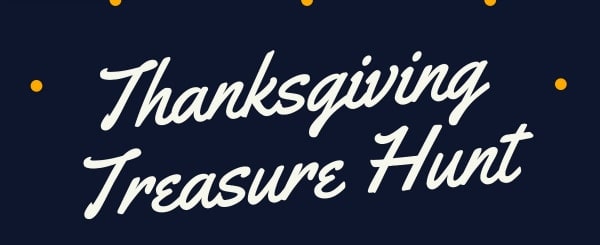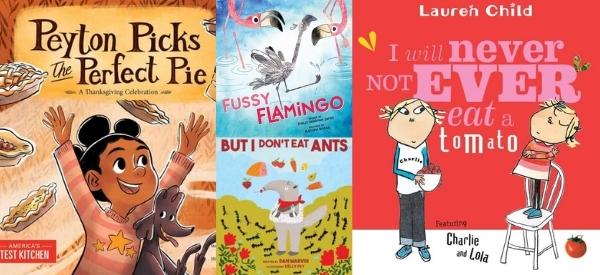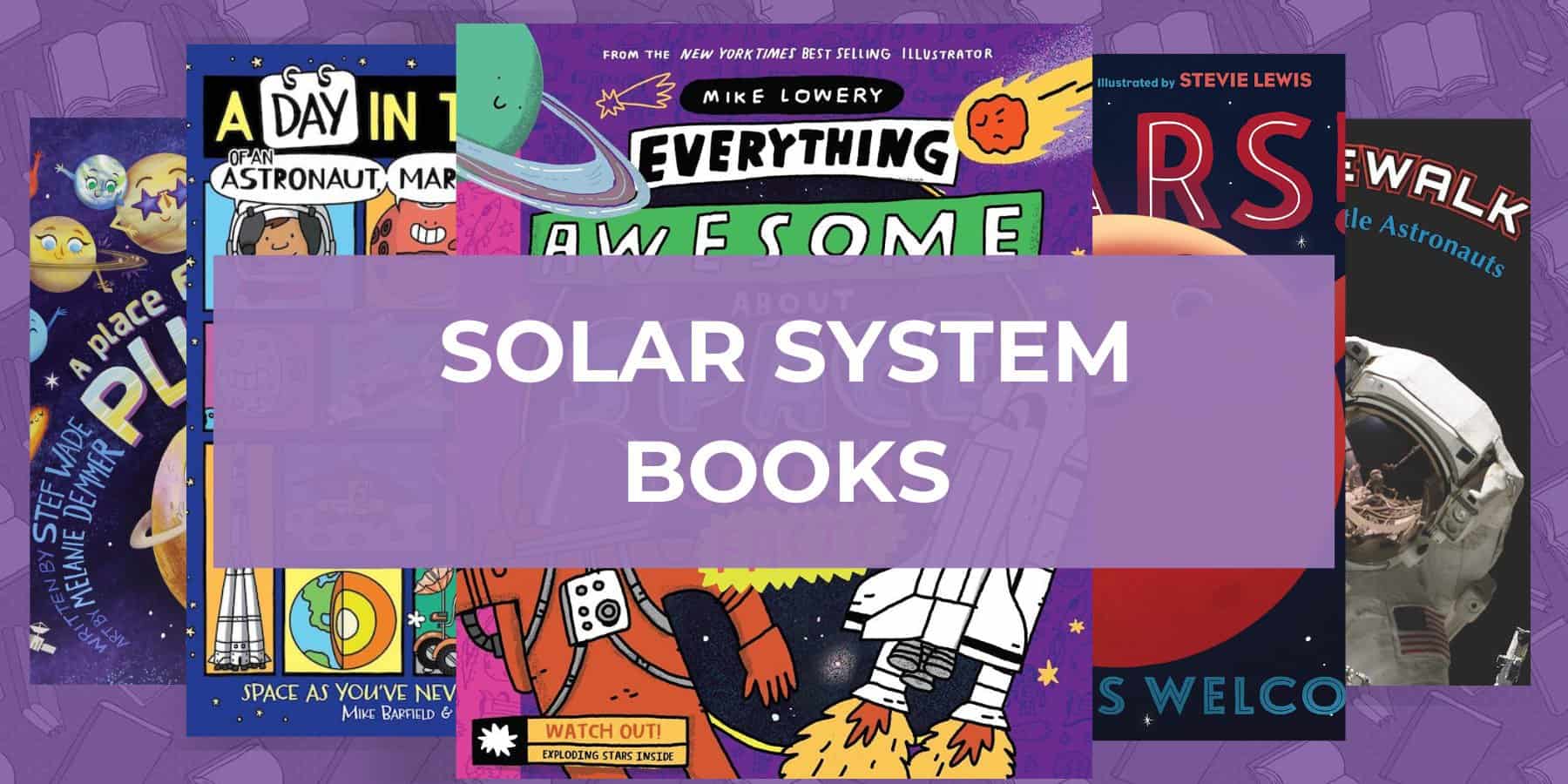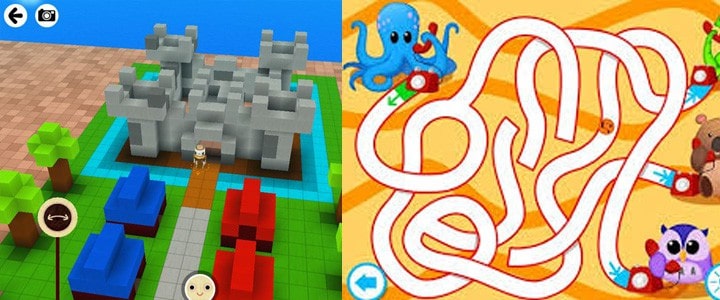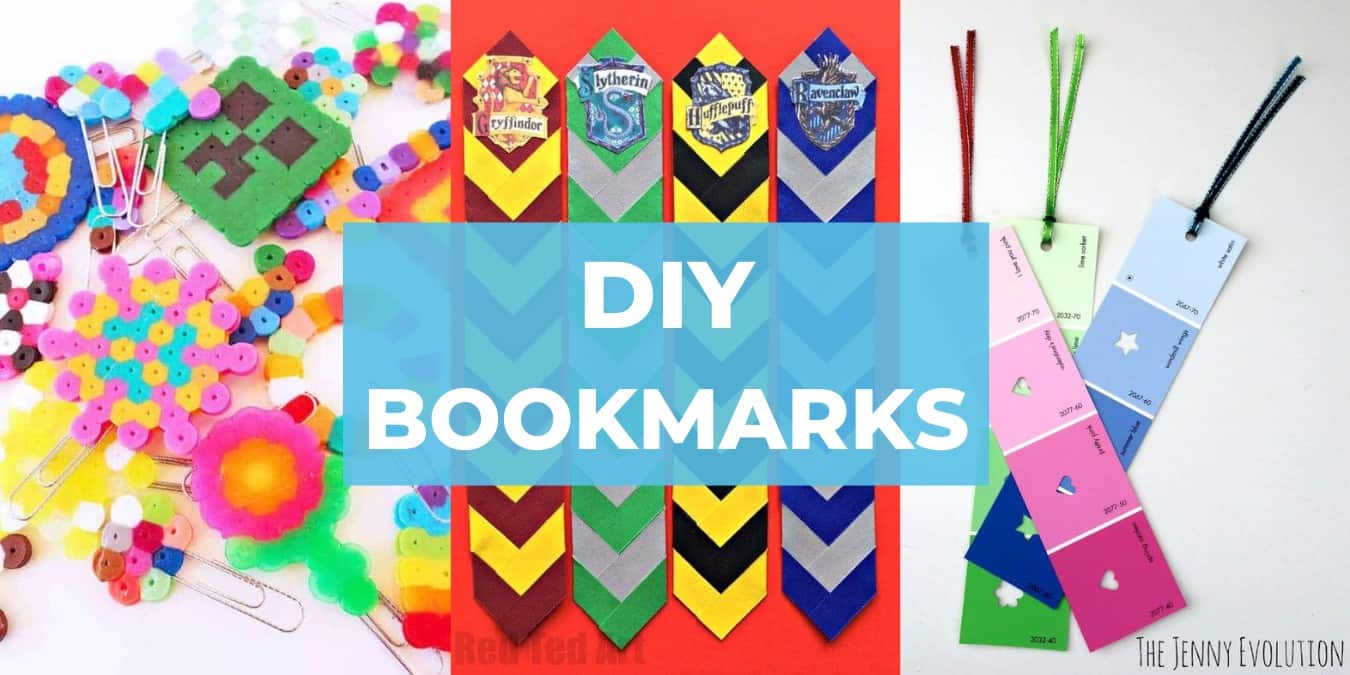Excellent Nonfiction Books for 4th Graders
This post may contain affiliate links.
Use this list of good nonfiction books for 4th graders (9-year-olds in fourth grade) as a resource for finding the best nonfiction books that your kids will enjoy reading.
It’s important for children to practice reading both fiction and nonfiction. It’s also a great motivator if kids are reading something they are interested in.
See the nonfiction book lists for ALL AGES here.
Go here for FICTION 4th grade books for 9-year-olds.
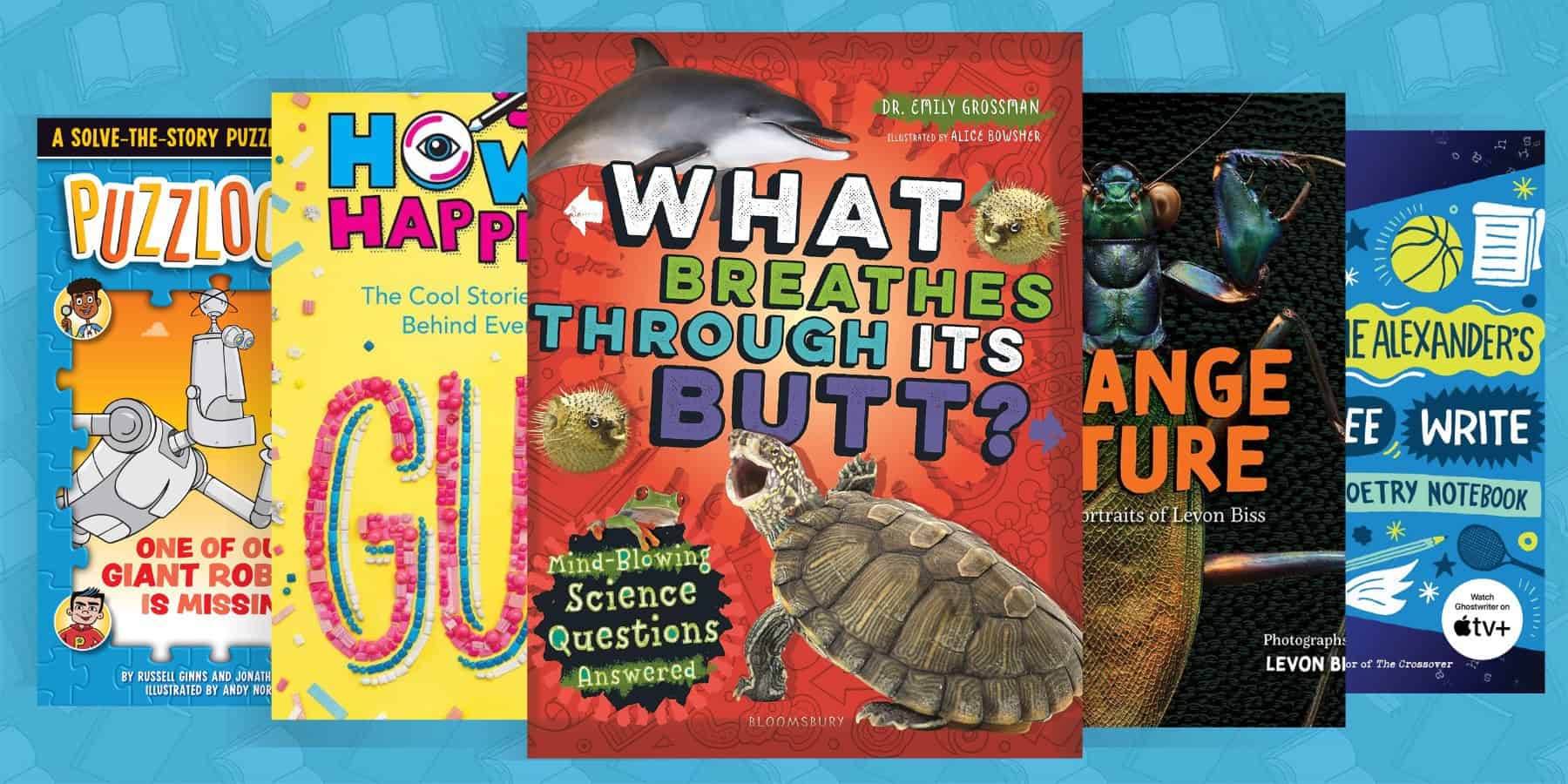
Nonfiction Books for 4th Graders
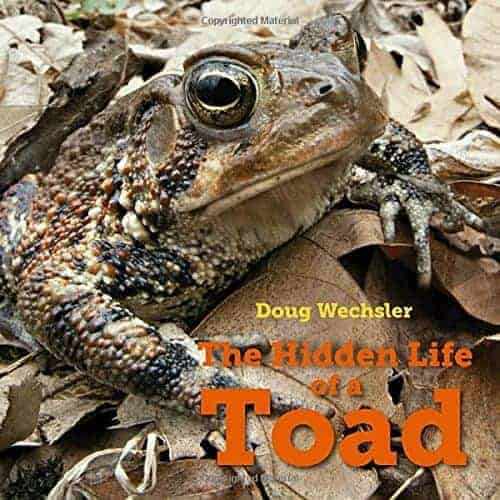
The Hidden Life of a Toad by Doug Wechsler
There is so much to love about this nonfiction picture book! The text is really basic — not to hard for early elementary grades. The book sequentially shows in text and photos the development of a toad — which is fascinating! It’s longer than I would prefer but I think kids will stay engaged since the changes in the toad are quite profound.
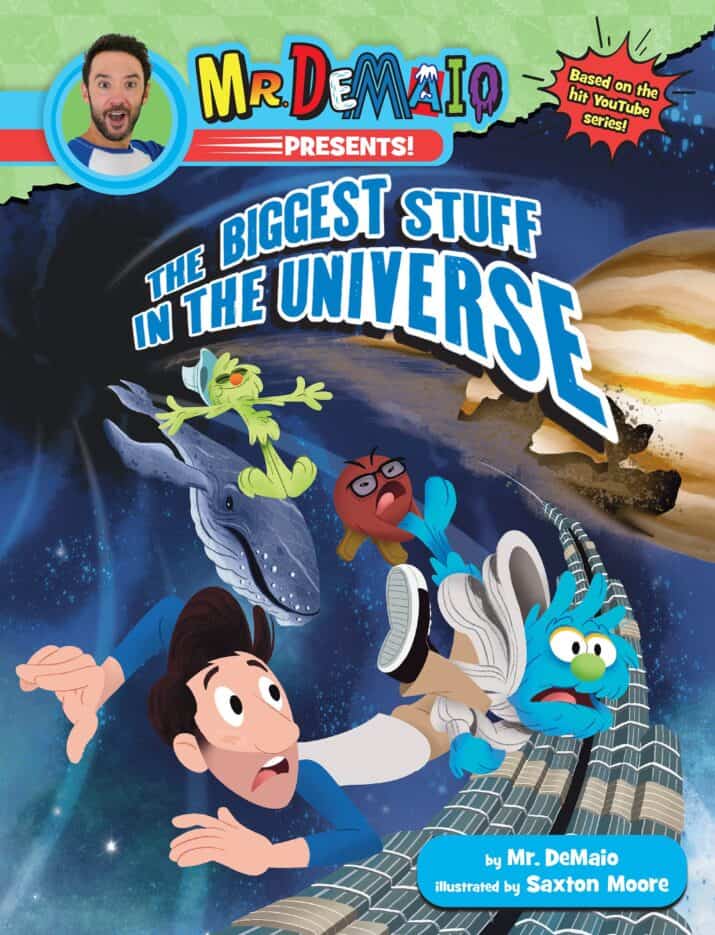
The Biggest Stuff in the Universe by Mr. DeMaio, illustrated by Saxton Moore
Get ready to learn cool facts about BIG things — with photographs, cartoons, and illustrations! From the largest tree to the largest exoplanet to the biggest thing in the known universe (the Hercules Corona Borealis Great Wall), Mr. DeMaio makes learning about science on earth and in space FUN!
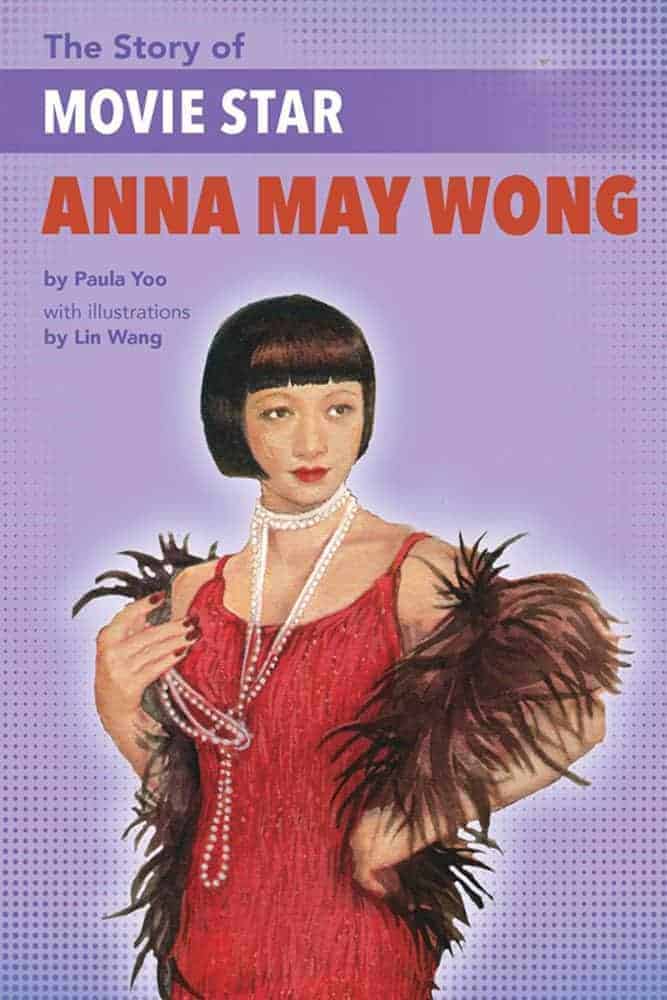
The Story of Movie Star Anna May Wong written by Paula Yoo, illustrated by Lin Wang
I really love how The Story of series introduces us to people that haven’t typically been the subjects of biographies and are unfamiliar. I developed so much respect for Anna May Wong because she found her passion in life, acting, and pursued it. Despite the blatant stereotyping and poor pay, Anna supported herself as an actress, moving to Europe for a time and then China. When she returned, she refused parts that showed Chinese in an unsympathetic light. Talk about perseverance!
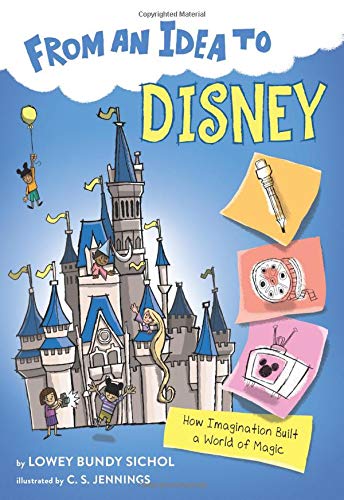
From an Idea to Disney How Imagination Built a World of Magic written by Lowey Bundy Sichol, illustrated by C.S. Jennings
I’ve read many other biographies about Walt Disney, but this one stands out for its writing, pertinent information, and appeal. It shares about the business that continued on even after Walt’s death and his brother’s death including the merger with Pixar and the successful but controversial CEO, Michael Eisner. Fascinating!
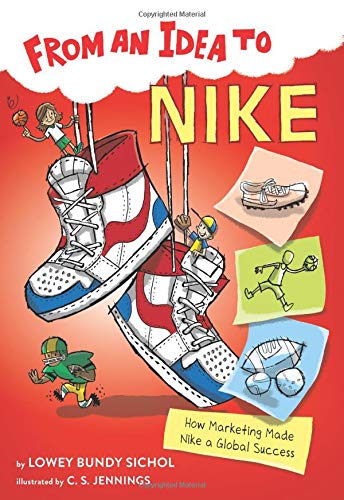
From an Idea to Nike: How Marketing Made Nike a Global Success written by Lowey Bundy Sichol, illustrated by C. S. Jennings
Kids will see that it’s not enough to have a good idea and great product but you also must figure out how to sell your product — and Nike did this by sponsoring elite athletes like Michael Jordan to wear their shoes. The company’s journey shows kids that businesses go through ups and downs. However, continued innovative thinking combined with hard work and determination leads to success.
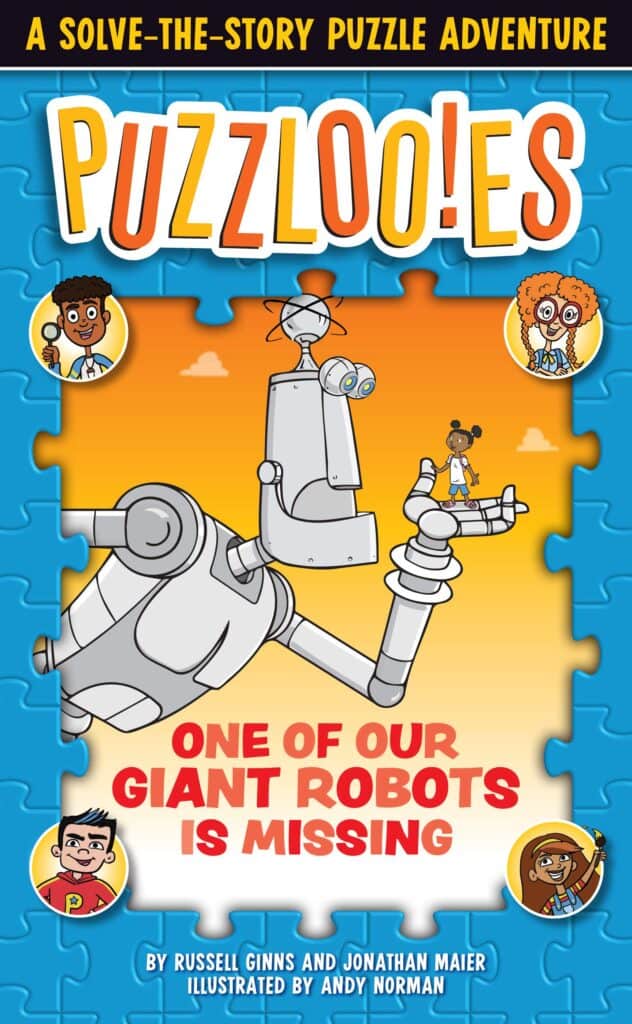
One of Our Giant Robots Is Missing: A Solve-the-Story Puzzle Adventure written by Russel Ginns and Jonathan Maier, illustrated by Andy Norman
At Roboland, Alicia gets separated from her classmates. She wanders into the employee’s only area and overhears them talking about dismantling her favorite robot, MegaTom. She knows it’s up to her to save him. Help her save MegaTom by solving the puzzles and mazes before the employees find out and catch up to them. You’ll love this exciting, interactive puzzle adventure from Puzzlooies!
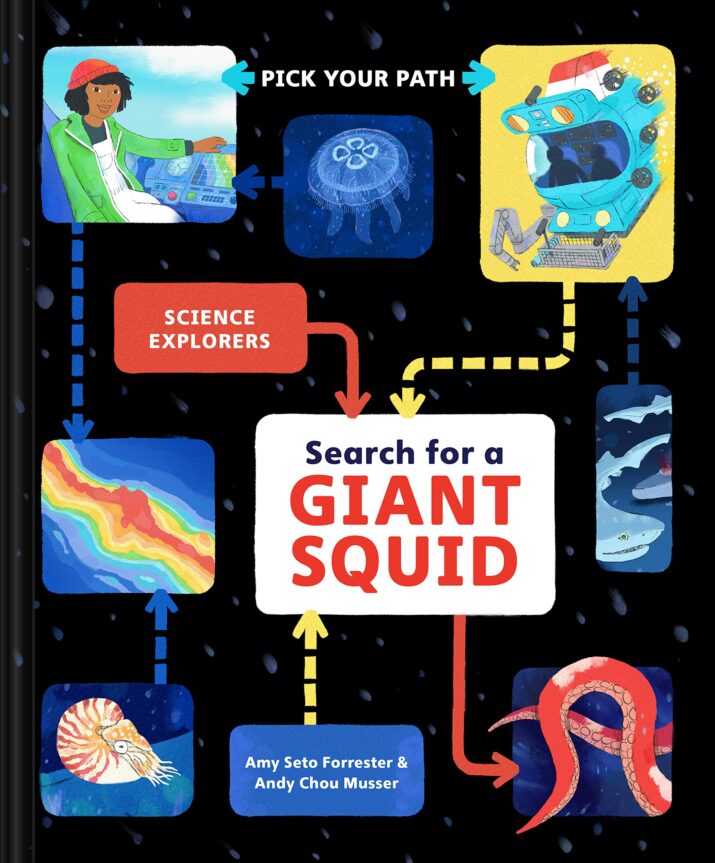
Search for a Giant Squid: Pick Your Path by Amy Seto Forrester & Andy Chou Musser
This is an informational fiction choose your own adventure book where readers join an expedition on a dive to the deepest ocean depths to search for a giant squid. Choose which pilot to be, the submersible you’ll use, and the dive site, and then start your adventure. What will you discover? What will you do with mechanical problems or bad weather?
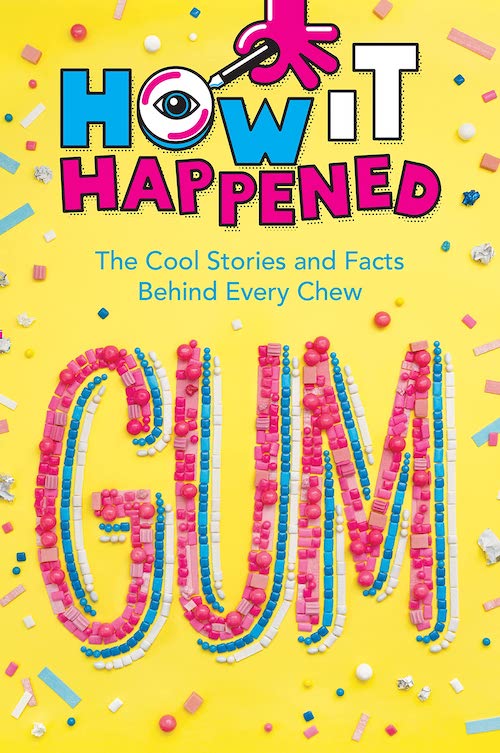
GUM How it Happened The Cool Stories and Facts Behind Every Chew written by Page Towler, illustrated by Dan Sipple
Did you know that gum has been around since the Neolithic era? Learn about the history of gum, the types of gum from different cultures, more recent gum iterations, and modern gum. The authors will hook readers with the writing and design, but readers will stay for the information. It’s fascinating!
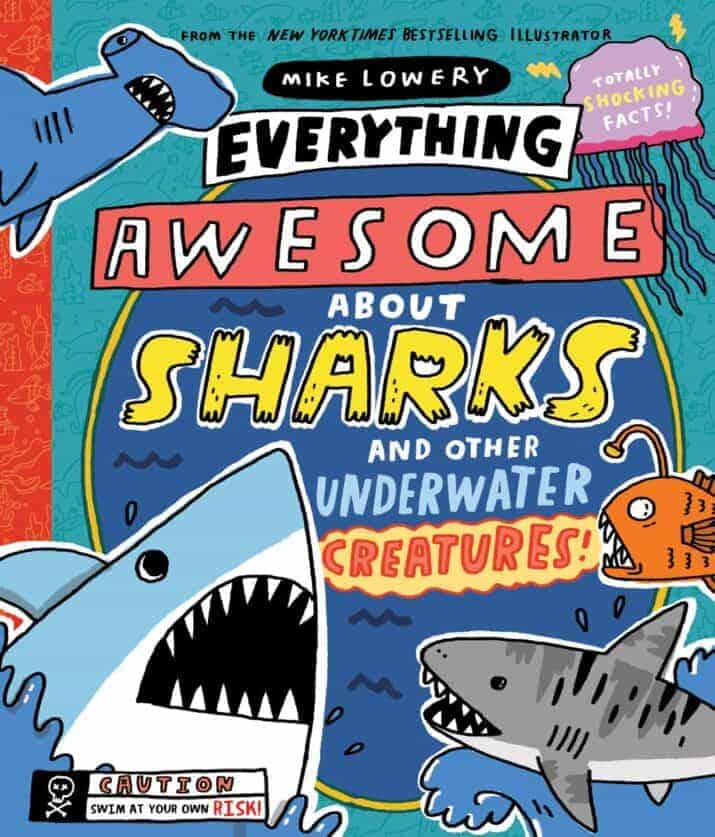
Everything Awesome About Sharks and Other Underwater Creatures! by Mike Lowery
The Everything Awesome book series continues with SHARKS! Handwriting and kid-like fonts plus lots of comic illustrations and colors make this a visual feast for the eyes. (Or distracting, it can go either way.) But, it’s filled with a wealth of facts about the ocean, underwater creatures, and of course, sharks. From information about ocean zones to prehistoric sharks and kelp forests, this book covers ocean information in a fun, often hilarious, way.
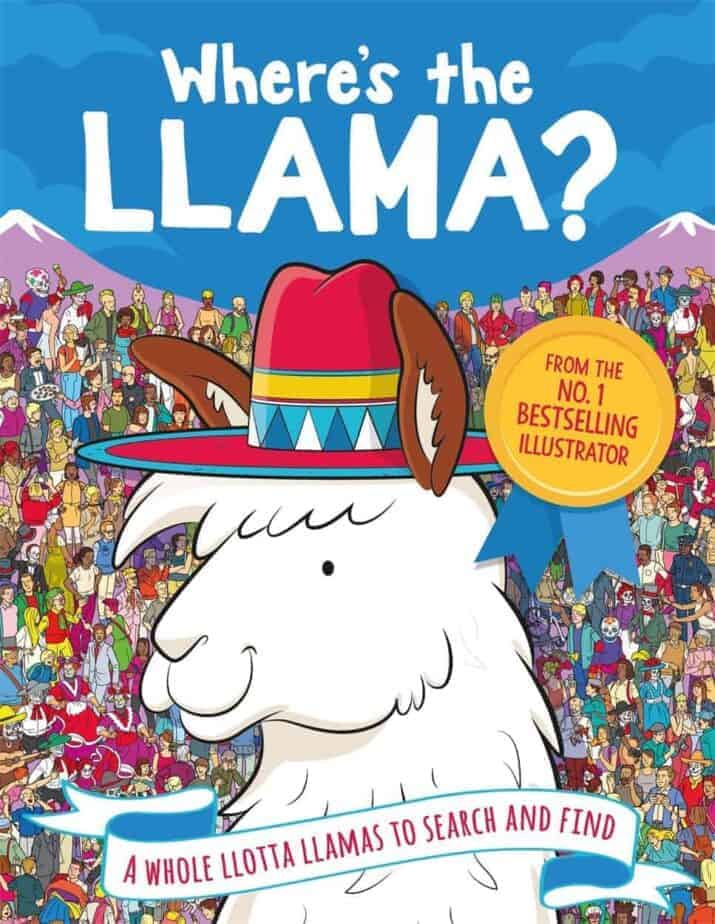
Where’s the Llama? written by Paul Moran, illustrated by Gergely Forizs
A group of ten llamas in the Andes in Peru decide to see the world. Can you spot them in each of the world locations like Miami Beach, New York City’s modern art gallery, a fairground in Canada, a Cambodian jungle, an ice park in China, and more? Answers are in the back plus more things to spot. We really like the artwork in this book!
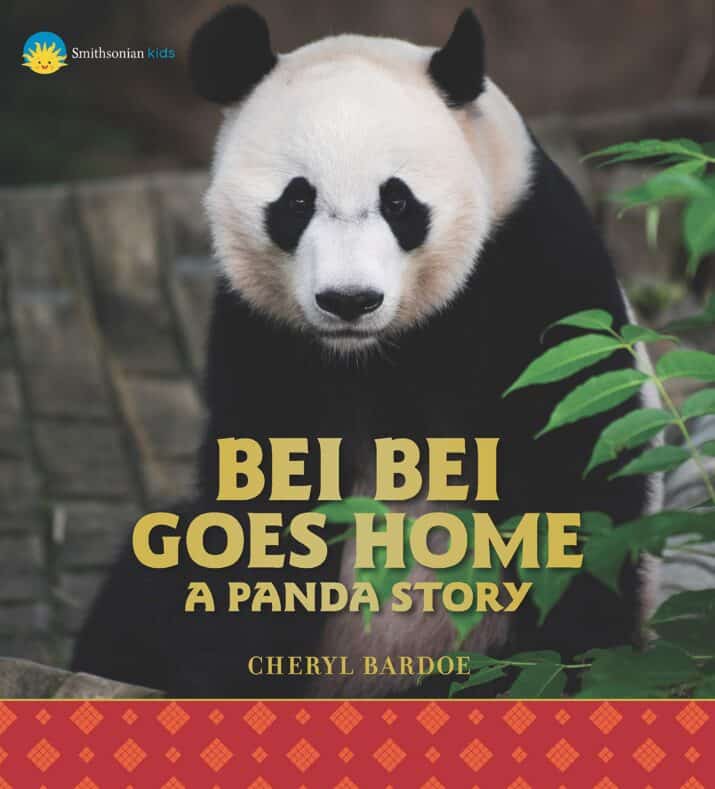
Bei Bei Goes Home A Panda Story by Cheryl Bardoe
This is an excellent book for children to learn about pandas, starting with the birth of baby Bei Bei and following her as she grows up. Full-color photographs, sequential writing, factual information, and more — this will make a great addition to school libraries.
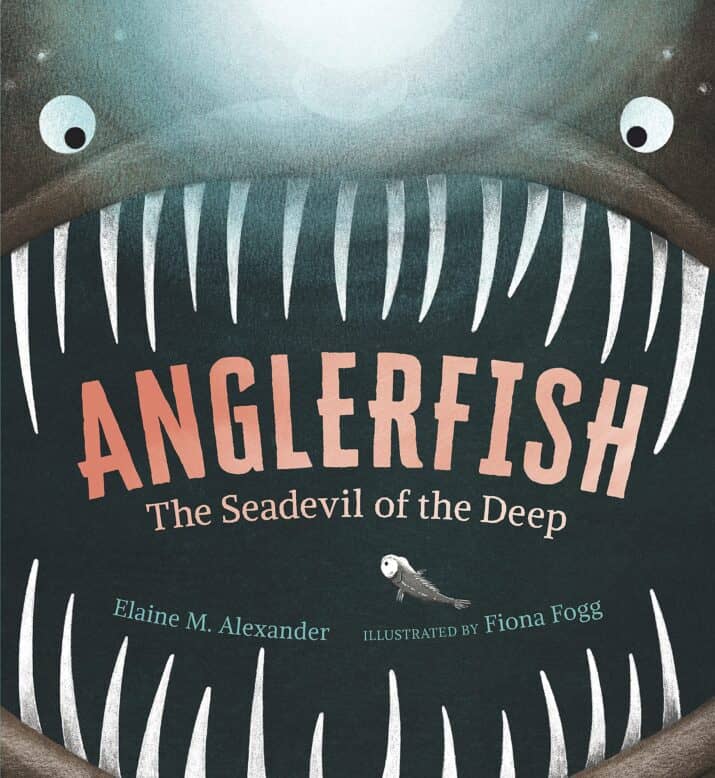
Anglerfish The Seadevil of the Deep written by Elaine M. Alexander, illustrated by Fiona Fogg
Follow the anglerfish’s birth to growth and life deep down in the dark ocean depths. Find out more about this weird-looking toothy fish with bioluminescence.
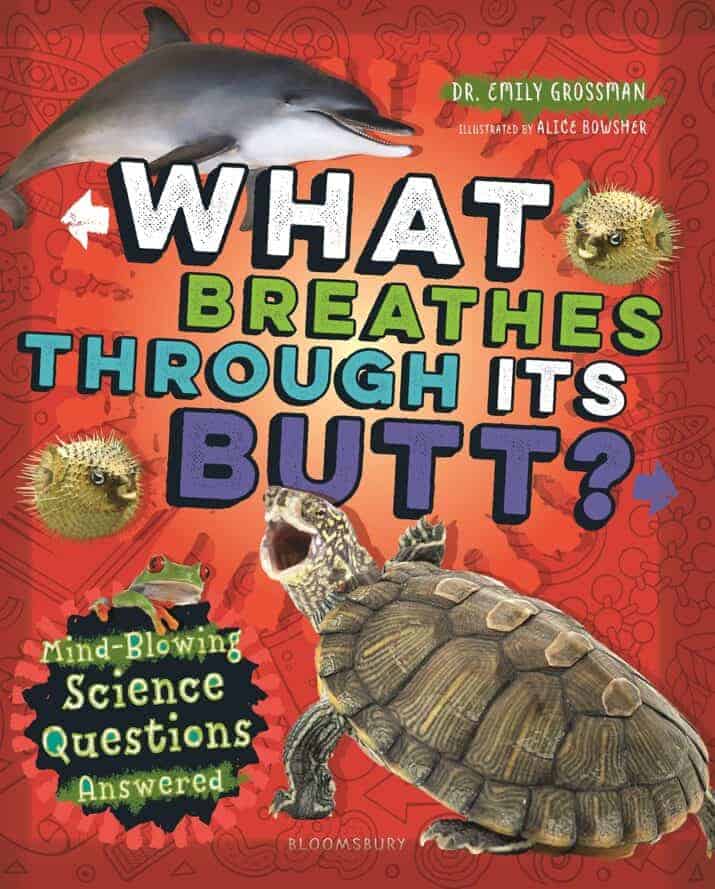
What Breathes Through Its Butt? Mind-Blowing Science Questions Answered by Dr. Emily Grossman
If you’re looking for an informative nonfiction book with voice (HUMOR) and pizazz, this book hits all the right spots. You can’t help but love the appeal of the book which is a mixture of goofy cartoons, information in a handwritten typeface with bolded and bigger words, and funny quizzes. (What can you do to make a pineapple taste riper? a. stand it upside down b. place it in the fridge c. cut it open d. sit on it) The quizzes introduce the topic, engaging a reader’s natural curiosity. You’ll learn about eggs, muscles, escaping a crocodile’s jaw, and other much weirder topics.
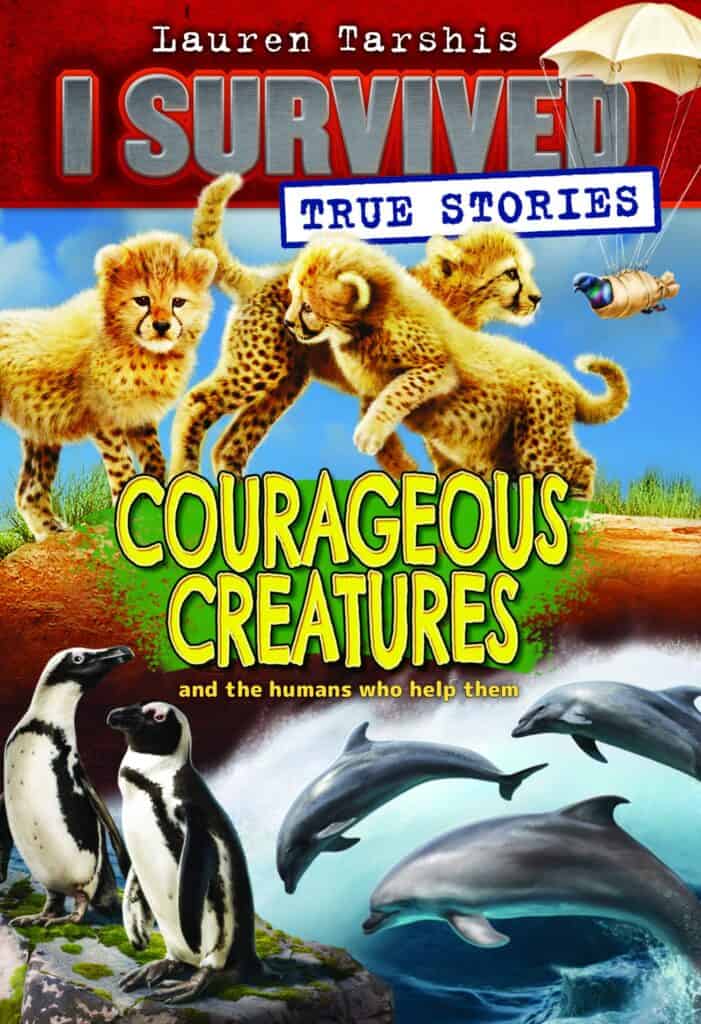
Courageous Creatures and the Humans Who Help Them I Survived True Stories by Lauren Tarshis
Superb! Four compelling stories of animals and humans will keep readers engaged. From carrier pigeon hero of WW I to cheetah cubs adopted by a human, these will share true stories for any animal lover. Filled with lots of black and white photographs and factual information that supports each story. For example, read about echolocation related to the dolphin story and general information about marine animals. Highly recommended.
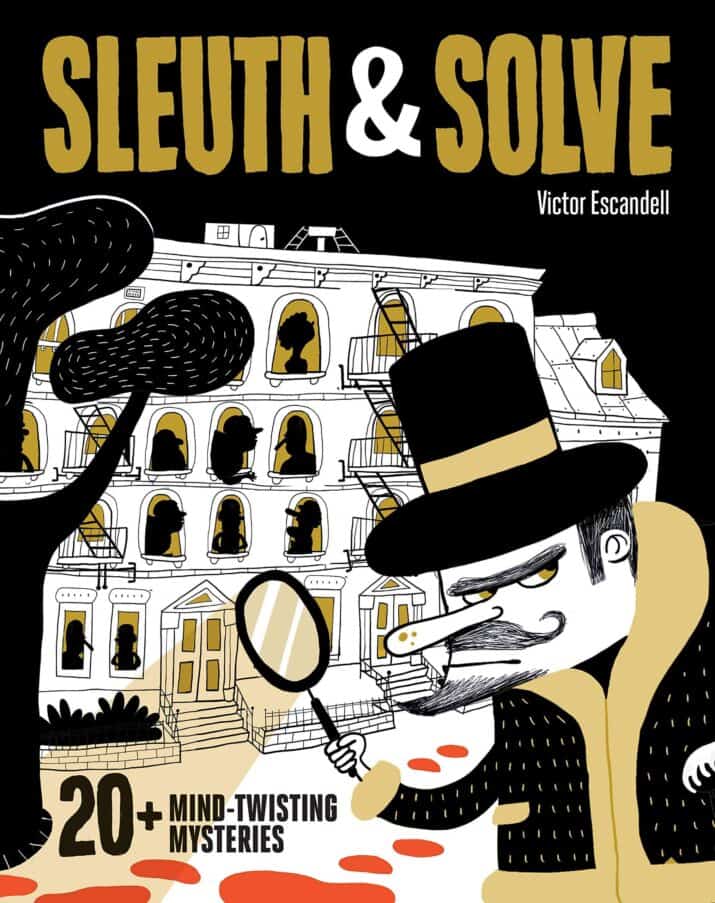
Sleuth and Solve: 20+ Mind-Twisting Mysteries by Victor Escandell
As a teacher, I used these kinds of mind-bending puzzles in my classroom frequently. Why? Because the solutions take out-of-the-box thinking. Which is SO GOOD FOR KIDS! I love the design and format of this book… Pen and ink illustrations accompany a short mystery puzzle. Kids will love the challenge of trying to figure out the solutions– then getting to check to see if they got it right by lifting the flap.
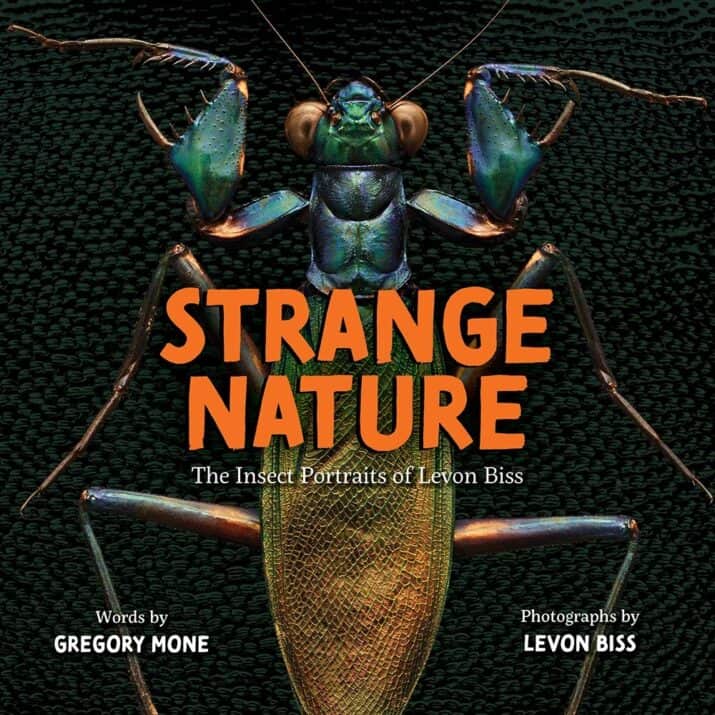
Strange Nature: The Insect Portraits of Levon Biss written by Gregory Mone, photographs by Levon Biss
Stunning photographs labeled with information about cool insects like the tiger beetle, mantis-fly, and the Orchid Cuckoo Bee accompany kid-friendly informational writing with the perfect amount of text to keep readers learning and engaged. Read where each insect lives, its size, and the most important information about the insect. You’ll love this beautiful bug book because both the photos and the writing are AMAZING.

What If You Could Sniff Like a Shark? written by Sandra Markle, illustrated by Howard McWilliam
Despite the busy layout, this is an engaging, informative, and relatable book of facts about ocean animals filled with photos, illustrations, and graphic designs. On the Australian Box Jellyfish page, it explains where they live and how they use their tentacles to sting, and other fascinating facts. Then it suggests that if you could sting, too, you’d be a crime-fighting superhero.
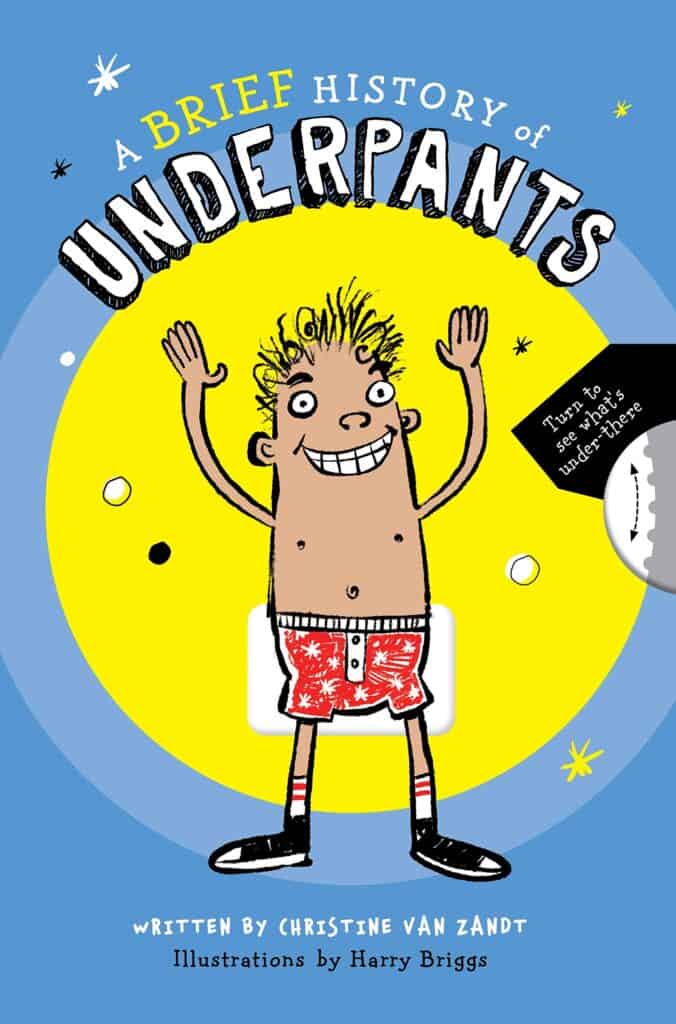
A Brief History of Underpants written by Christine Van Zandt, illustrated by Harry Briggs
Even people in ancient times wore underwear! Whether it was an Inuit in caribou skin underwear or Egyptian loincloths or quilted, padded underpants of European knights, kids will read all about the history of underwear, inventions like the sewing machine that changed the world of underwear, and plenty of fun facts about underpants! Well-written with punny humor, facts, and comic illustrations, this little nonfiction book for young readers is a delight!
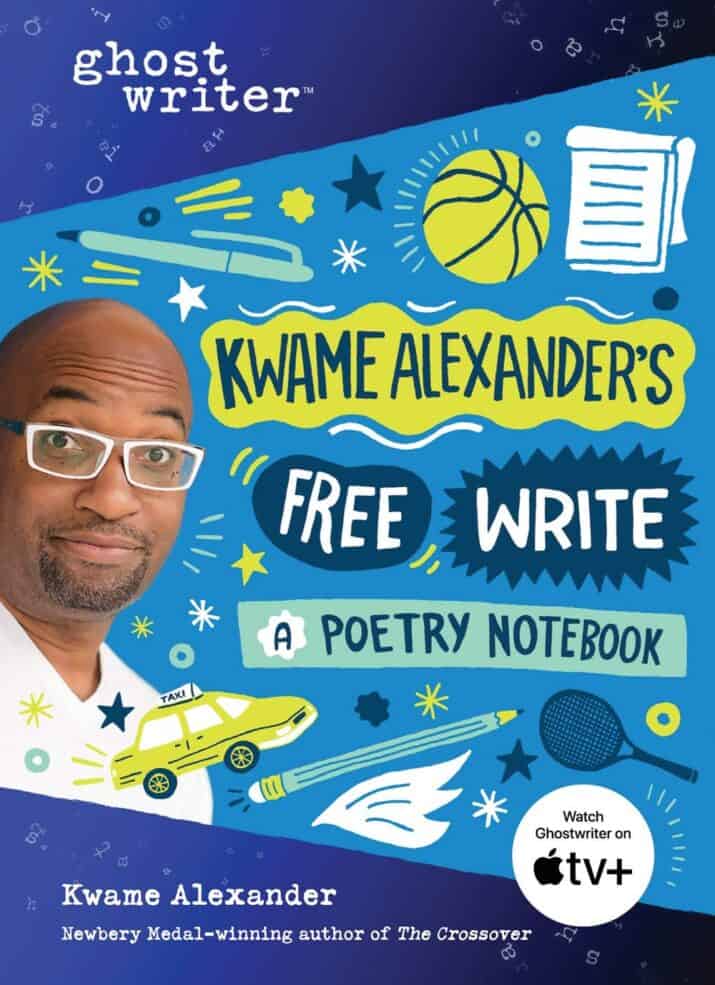
Kwame Alexander’s Free Write: A Poetry Notebook (Ghostwriter) by Kwame Alexander
This fun-to-read workbook for ages 8 to 12 introduces writers to poetry, literary devices like metaphors, as well as other poetic techniques. Written in Alexander’s signature voice and style, kids will get hooked as they dive into poetry. Alexander provides example poems with fill-in-the-blanks and lots of spaces for free writes.
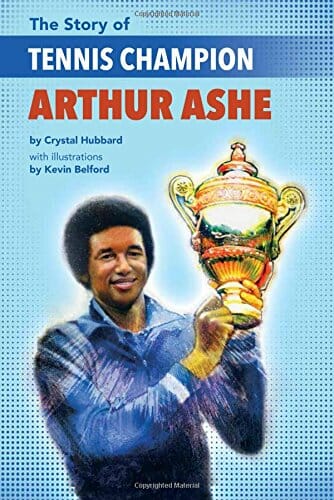
The Story of Tennis Champion Arthur Ashe written by Crystal Hubbard, illustrated by Kevin Belford
In this book, you’ll learn about Arthur Ashe, a famous tennis player who eventually died from AIDS-related complications after a blood transfusion. Not only did this quiet, kind man work hard in tennis but you’ll learn that he also worked hard for equal rights and research funding for HIV/AIDS.
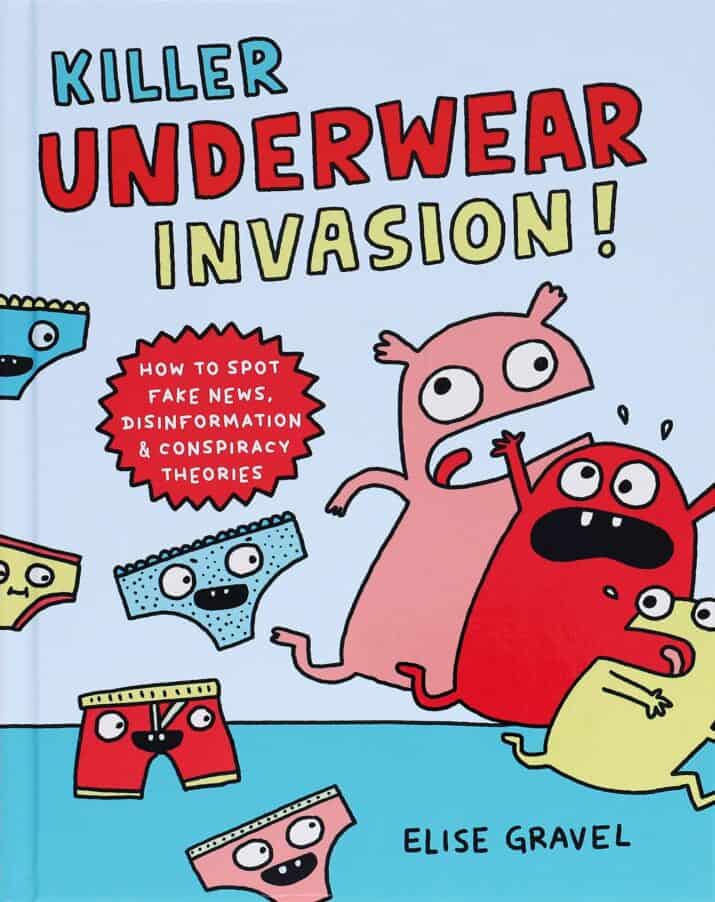
Killer Underwear Invasion! How to Spot Fake News, Disinformation, and Conspiracy Theories by Elise Gravel
This is a clearly organized informational book that will teach kids about fake news — and how to find reliable sources of information. (In a nutshell.) Comic panels filled with humor and facts will make the information digestible and easy to understand.
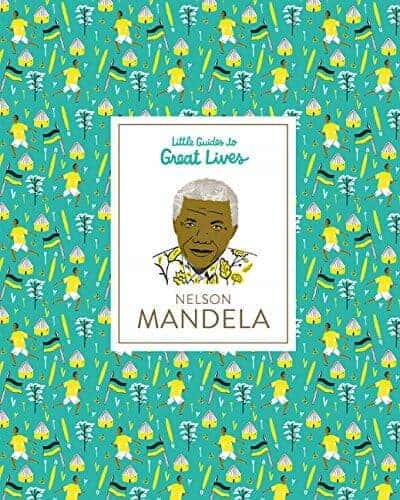
Little Guides to Great Lives Nelson Mandela written by Isabel Thomas, illustrated by Hannah Warren
This is another new biography series that I highly recommend for elementary-age readers. Written like a narrative story, these little books are fast-paced and informative. This particular title is about one of the world’s most admired activists and leaders, Nelson Mandela. Little Guides to Great Lives series contain perfect text to picture ratio, captivating illustrations, informative content, and just-right pacing. Plus, they’re very well-written.
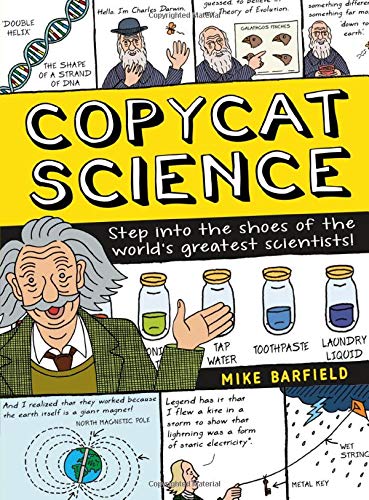
Copycat Science by Mike Barfield
Part biographies and part experiments, this nonfiction book narrated in cartoon format makes science fun! Learn about each scientist in their short biography, then apply and learn more about their area of study by doing the related experiment. Read about James Audubon then make a bird feeder. Then read about Rosalind Franklin and do an experiment about strawberry’s DNA. Topics include living things, human biology, materials, air, electricity and magnetism, forces and physics, astronomy, math, and more.
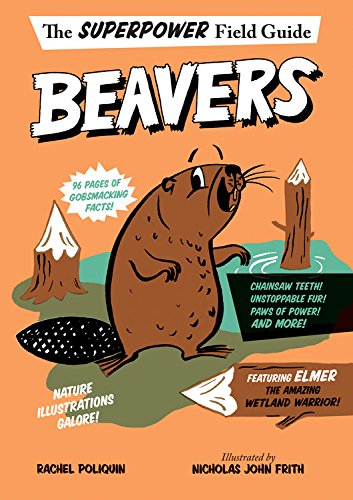
Beavers: The Superpower Field Guides written by Rachel Poliquin, illustrated by Nicholas John Frith
In this fact-filled, funny, and illustrated book, you’ll meet Elmer who, like other beavers, has superpowers like Chainsaw Teeth and an Ever-Toiling Tail. Wow, right!? After you zip through this engaging nonfiction book, I predict Elmer will be your new favorite kind of animal — and you’ll be a beaver expert, too. Excellent, engaging writing!
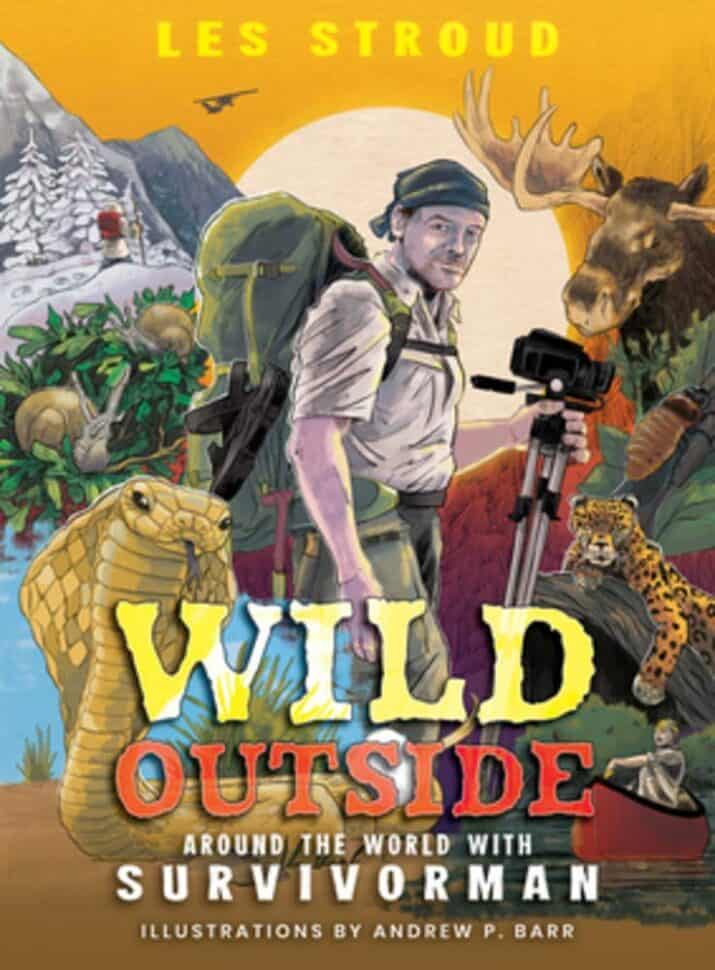
Wild Outside Around the World with Survivorman writing by Les Stroud with illustrations by Andres P. Barr
Les Stroud recounts exciting personal adventure stories of exploration and survival in all sorts of places around the world. Fascinating stories are accompanied by photos, illustrations, maps, and informational insets. I couldn’t put this book down and HIGHLY recommend it.
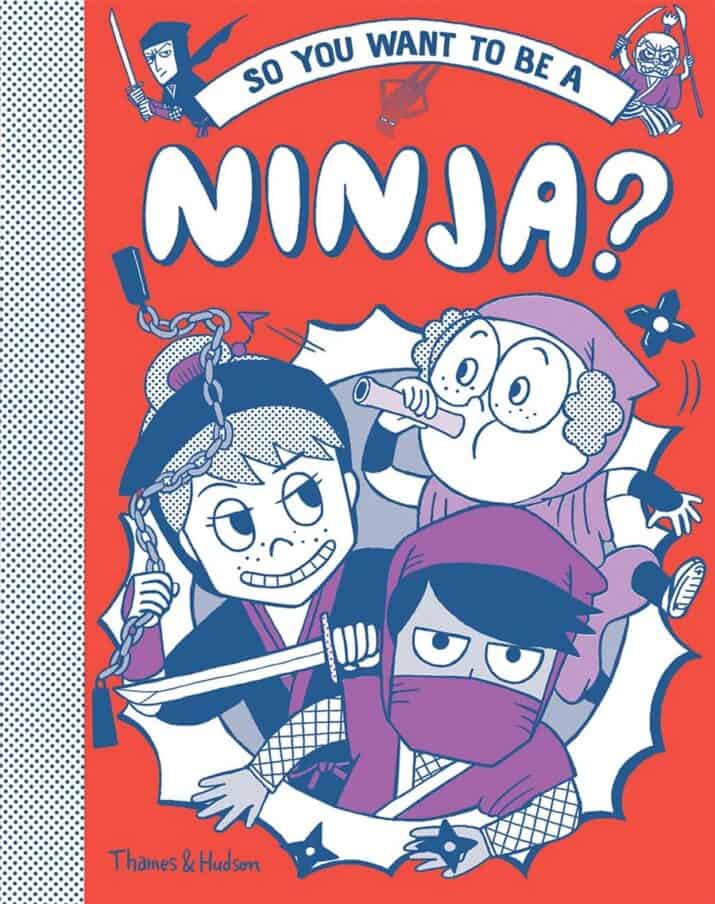
So You Want to Be a Ninja? written by Bruno Vincent, illustrated by Takayo Akiyama
Engaging and entertaining, full of facts, trivia, quizzes, and fun, this is the essential illustrated guide for ninjas-in-training. Three friends travel back in time to 1789 Japan where they’re taught by famous ninjas.
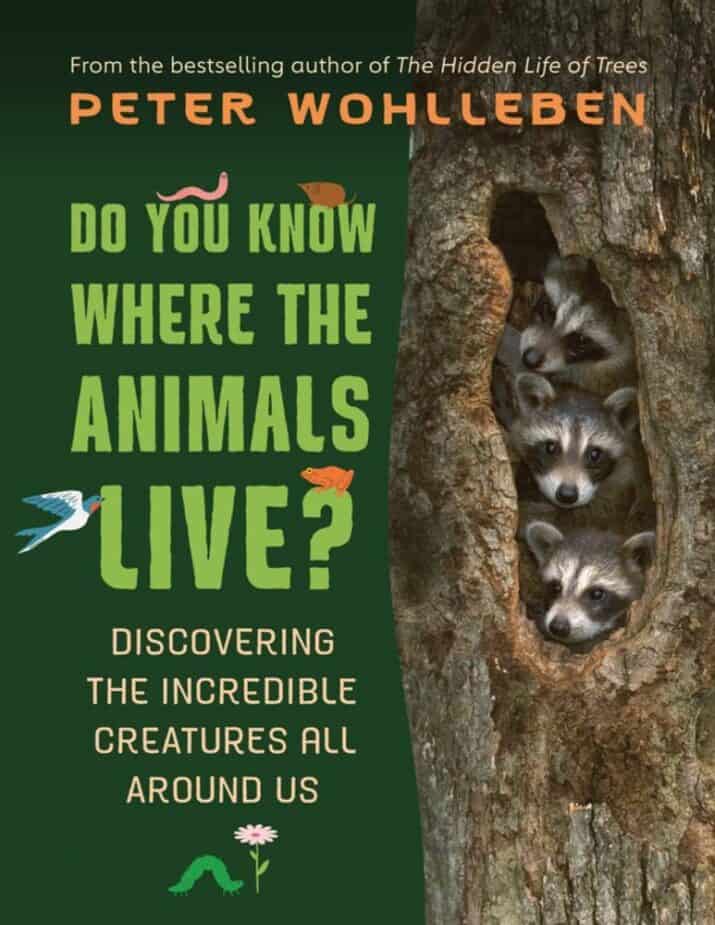
Do You Know Where the Animals Live? by Peter Wohlleben
This book is organized around questions about animals. For every question, find the answers in a two-page spread of photographs and text. Lovely layouts with full-color photographs, quizzes, at-home applications, and interesting and informative information make this is a unique but worthy animal tome that will appeal to most readers. Questions include: Can animals survive on plants alone? Do animals dream? Why do elephants stomp their feet?
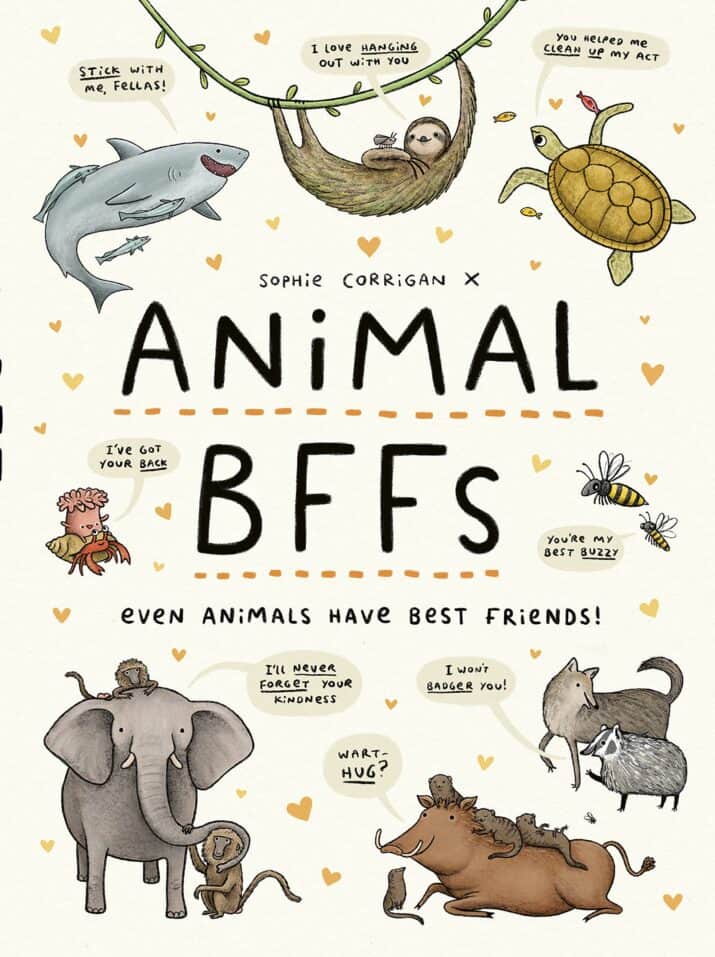
Animal BFFs by Sophie Corrigan
I’ve poured over this book because the writing is engaging and the information about unusual animals who live together is interesting. I particularly love the funny dialogue bubbles of conversation between animal duos that you haven’t ever heard about — like warthogs and banded mongooses or ruby-throated hummingbirds and spiders– and why they’re paired up.
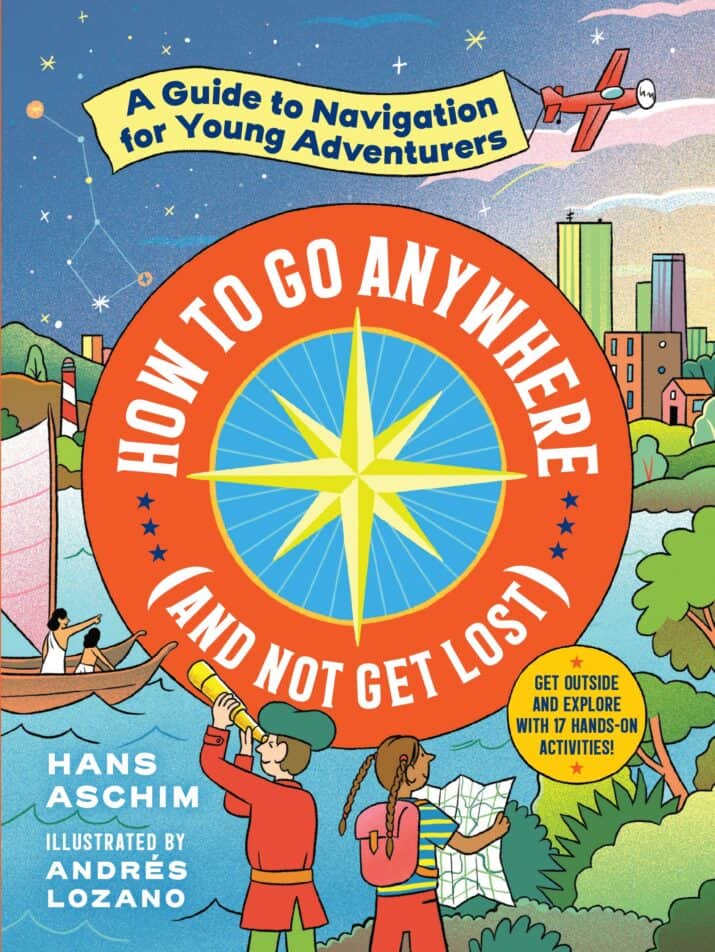
How to Go Anywhere (And Not Get Lost): A Guide to Navigation for Young Adventurers written by Hans Aschim, illustrated by Andres Lozano
Engaging informational writing guides readers through the history of navigation to the development of more precision, new technology, and better maps. Illustrated activities throughout the book will help readers apply their new knowledge. for example, “Make Your Own Stick Chart” helps you make an ancient system of mapping the ocean and “Visualizing Declination” shows you the difference magnetic declination can make. Use this all year long in your homeschool or science classroom.
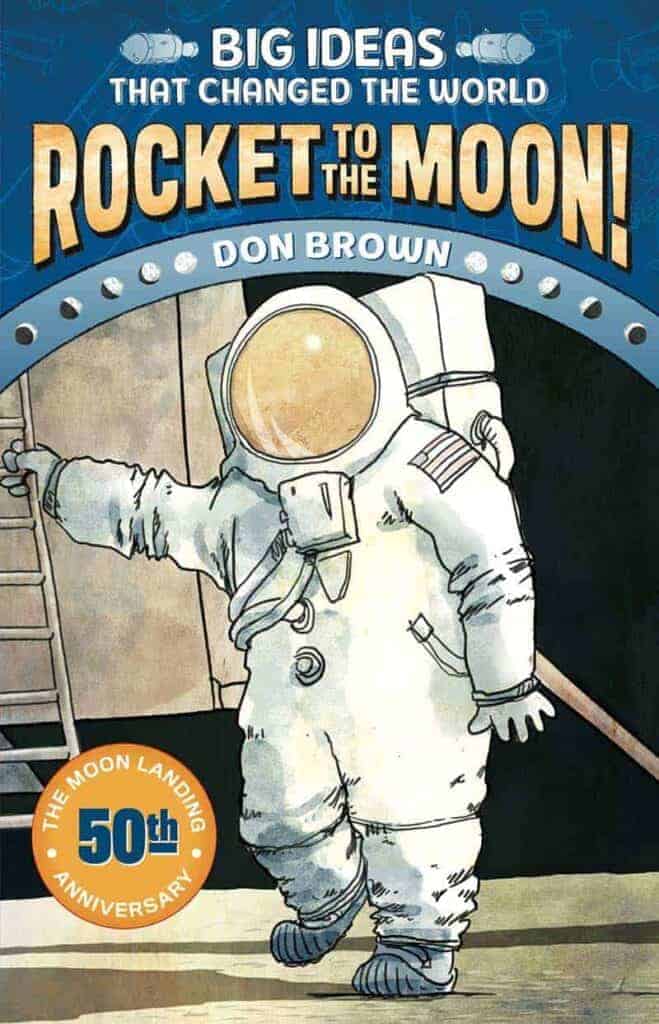
Rocket to the Moon: Big Ideas That Changed the World by Don Brown
Instead of reading a narrative nonfiction book, get your fact-filled history about the first moon landing in an exciting, well-written, black-and-white graphic novel. Reading this book will help you understand our country’s competitiveness with Russia, the many attempts to launch rockets, and the eventual success of sending astronauts into space. I’m happy to see this new “Big Ideas” graphic novel series with a home-run first book.
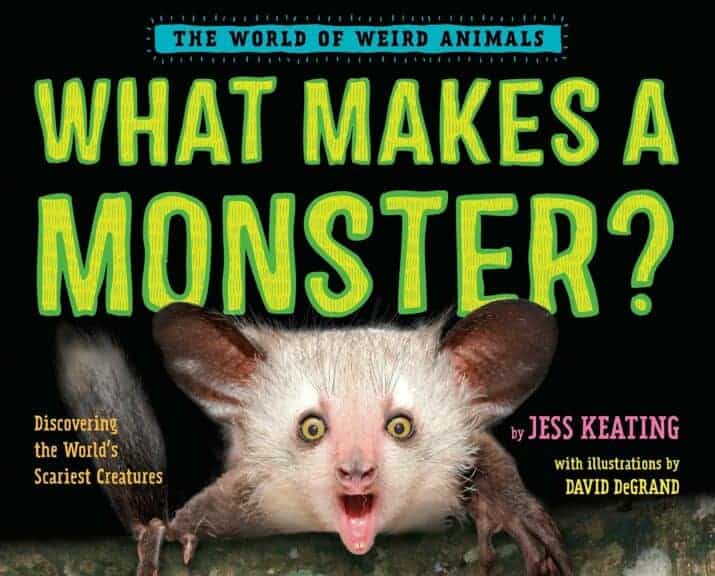
What Makes a Monster? Discovering the World’s Scariest Creatures written by Jess Keating, illustrations by David DeGrand
Monsters — real animal monsters — is a topic that kids love reading about. Keating writes in a way that gives kids lots of information in a readable, engaging way. I love the design, too –it’s a mix of photographs, illustrations, cool fonts, and bright colors. What Makes a Monster is a must-read filled with unexpected information about fascinating, dangerous animals.
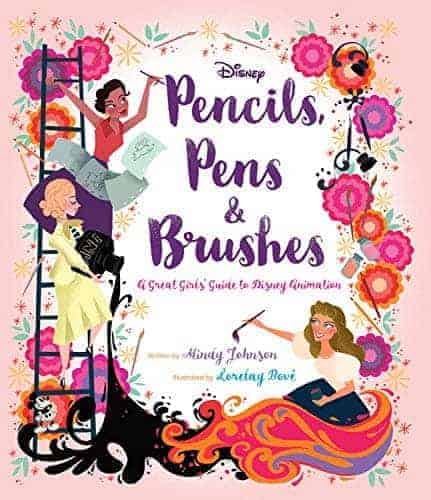
Pencils, Pens and Brushes: A Great Girls’ Guide to Disney Animation written by Mindy Johnson, illustrated by Lorelay Bovi
Learn about some of the incredible women who worked at Disney’s animation from writers to artists to animators to researchers. My daughter read this and thinks that artsy girls especially (like my daughter) will love these biographies. Each one skillfully captures the woman’s story, where she started, her passions, her education, and how she came to work for Disney as well as what she worked on while at Disney. As you might expect, the illustrations and design of this book are both eye-catching and exquisite.
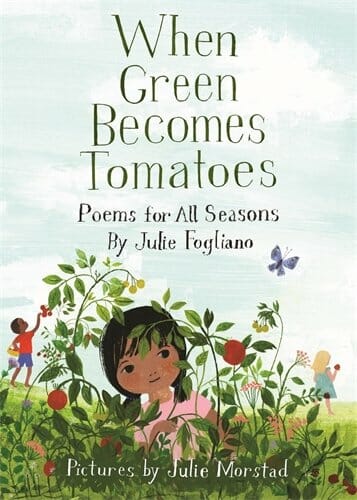
When Green Becomes Tomatoes Poems for All Seasons written by Julie Fogliano, illustrated by Julie Morstad
Beautifully written and illustrated, these poems capture the beauty of each season in relatable verses that seem like magic just like the poem below describes the first snow.
december 29
and i woke to a morning
that was quiet and white
the first snow
(just like magic) came on tip toes
overnight

Glow: Animals with Their Own Night-Lights by W.H. Beck
Brightly colored (glowing) plants and animals with bioluminescence pop out of the pages on black backgrounds. Each two-page spread page has both large and medium-sized text with the perfect amount of text — not too much! Read to find out why these creatures glow. You’ll learn how they use this adaptation for a purpose such as hunting, hiding, and tricking. Impressive.
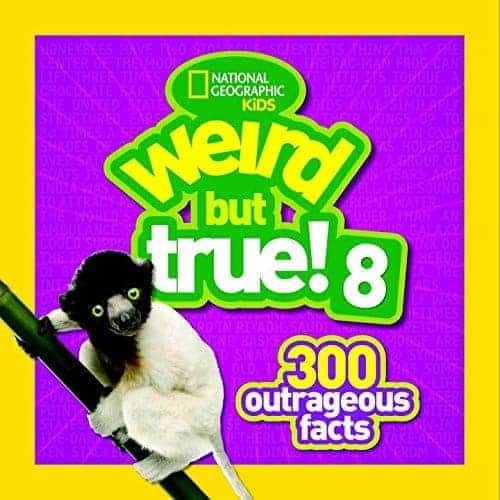
Weird but True 8
Do your kids love the Weird But True! books as much as mine do? This new edition contains 300 all-new wild and wacky facts and pictures. Want to hear a few?
- The 1904 World’s Fair featured a life-sized elephant made of almonds.
- moonbow = a nighttime rainbow
- Scientists found sharks living in an underwater volcano.
- Octopuses have blue blood and nine brains.
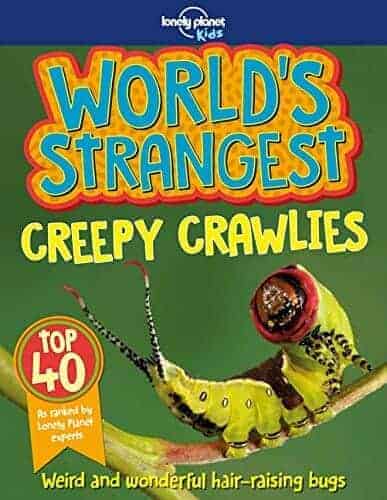
Worlds Strangest Creepy-Crawlies Top 40 Weird and Wonderful Hair-Raising Bugs
Big, bold text and huge color photographs catch your attention immediately, starting with #40, the elephant beetle and ending with #1, the exploding ant. Huh!? Yes, this ant from Malaysia explodes and dies — yikes! Each bug featured gets a 1- or 2-page spread including important facts, a habitat map, photographs, and ratings on the “strangeometer” for creepiness, superpowers, bug beauty, and fight factor. Irresistible!
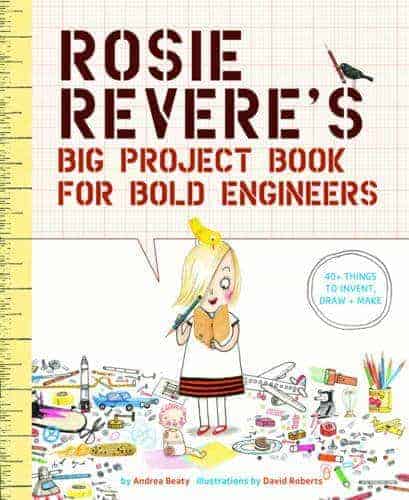
Rosie Revere’s Big Project Book for Bold Engineers 40+ Things to Invent, Draw, and Make by Andrea Beaty, illustrated by David Roberts ages (ages 5 – 10)
This is an excellent, engaging activity book based on the fantastic STEM Rosie Revere, Engineer picture book. Colorful illustrations and a cool layout will entice readers to try, fail, and learn. Discover more about simple machines, build a marble run, solve engineering challenges, design a stuffed animal carrier for your bike, learn about inventors who failed a lot, and so much more.
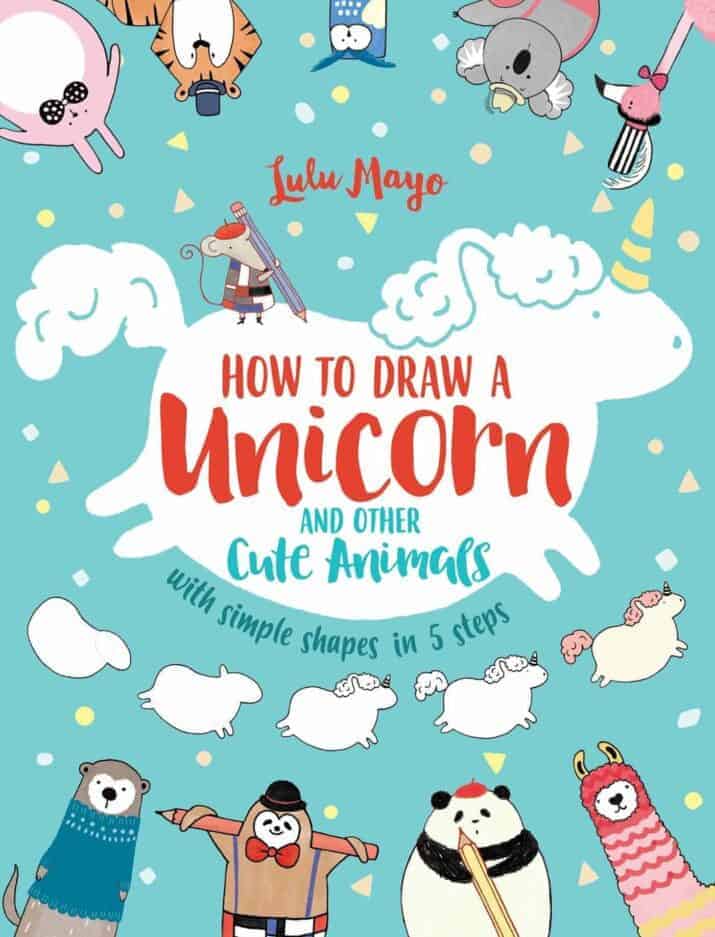
How to Draw a Unicorn and Other Cute Animals (With Simple Shapes in 5 Steps) by Lulu Mayo ages 6 – 16
My oldest daughter, AJ, really likes the step-by-step directions in this book. You’ll find directions for 30 animals including a llama, sloth, beaver, panda, tiger, and much more. AJ likes that she can easily draw these on her new iPad with the Pencil. (One of the best investments I’ve made last summer when JJ was so sick. If the kids are on screen time, I feel like drawing and being creative are good choices.)

Tear Up This Book! by Keri Smith
A very popular American Girl book for fun, creativity, and crafts.
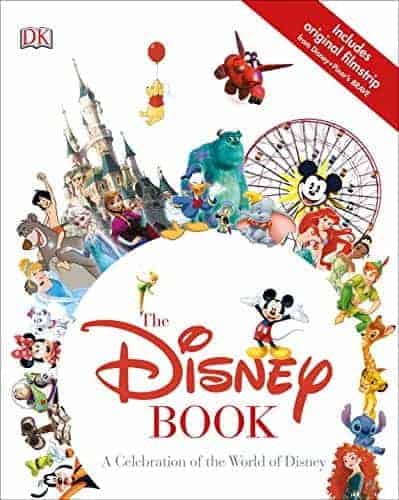
The Disney Book: A Celebration of the World of Disney (DK)
My oldest daughter loves anything Disney and proclaimed that this is the best book ever written. 🙂 While I’m not sure about that, it is a dense fact-filled tome from the early years to the present day.
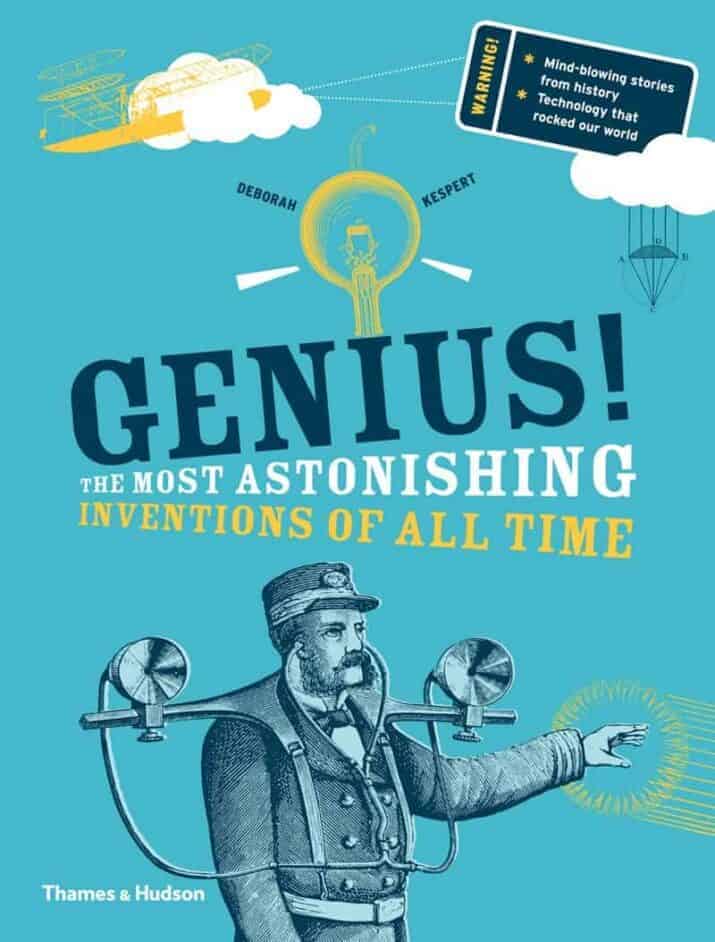
Genius! The Most Astonishing Inventions of All Time by Deborah Kespert
A visually appealing graphic layout makes it easy to access the invention information — in fact, it’s downright enticing! Who knows I’d care about the Archimedes Screw and want to read all about it. Or the Elephant Clock — yes, that was a real thing which was super cool. You’ll learn about these early inventions and more modern inventions such as the space rocket. This is a well-done, readable nonfiction book.
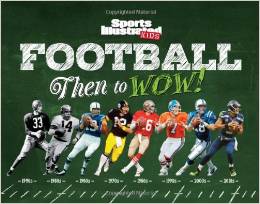
Sports Illustrated Kids Football Then to Wow!
This amazing nonfiction book makes ME, a non-sports fan, interested in football. The layout and design, plus the photographs, make me want to devour all the football facts and info. I highly recommend this for any football fan – it’s packed full of information about football back in the day (1930s) and nowadays. Excellent!
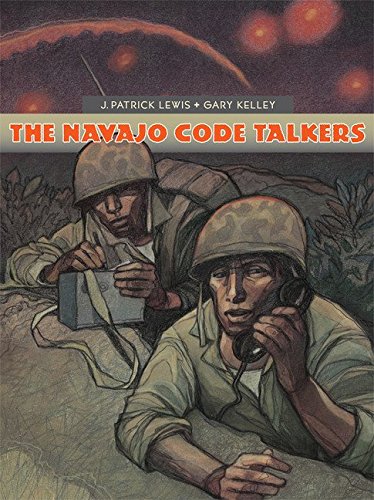
The Navajo Code Talkers by J. Patrick Lewis, illustrated by Gary Kelley
This picture book shares the difficult history of the Navajo people and focuses on how the Navajo men used their unique language to help win WWI. The information is factual in its presentation (it could have been more emotionally charged but isn’t) which lets the readers draw their own conclusions. The illustrations perfectly depict the tone of this historical story. Very well done!
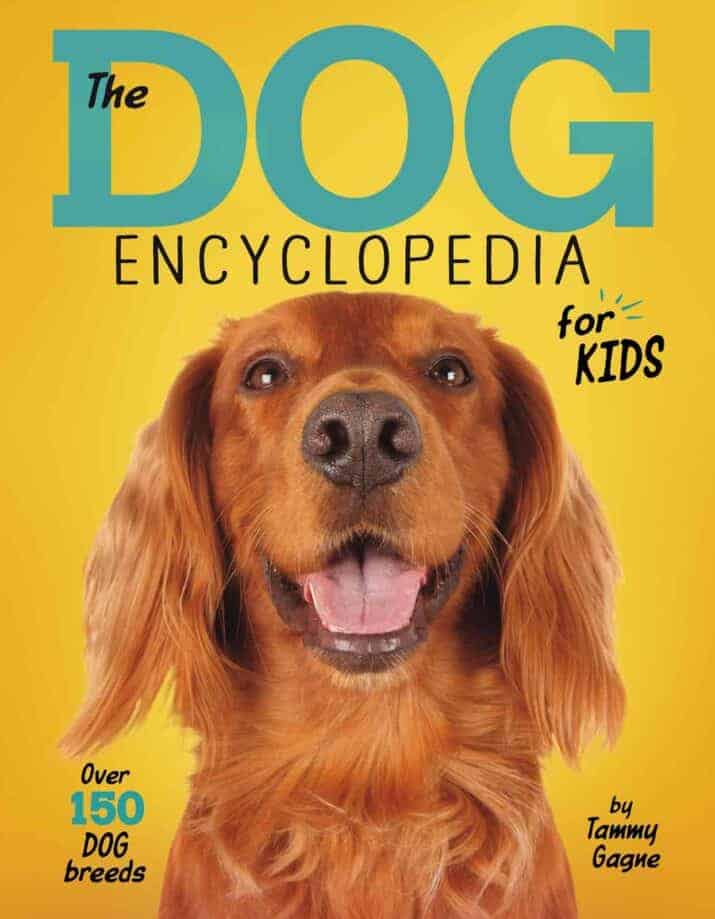
The Dog Encyclopedia for Kids by Tammy Gagne (ages 9+)
This book rocks! It’s one that any dog-lover would want on their bookshelf. The layout is appealing and the information organized and written with kids in mind, meaning it’s not too wordy while being factual and interesting with each breed gets 1 or 2 pages devoted to it and accompanying colorful photos. Great for 4th graders!
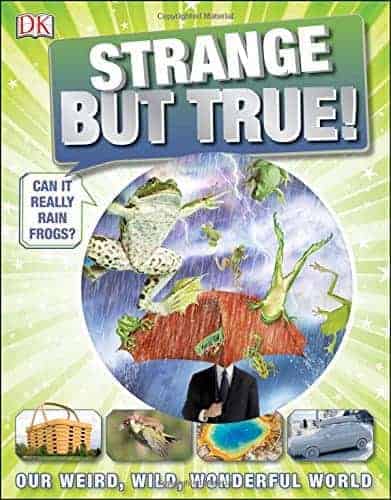
Strange But True! Our Weird, Wild, Wonderful World DK
This is a favorite book on the list today — I literally couldn’t help but read so many of the pages out loud to my kids, they were just so interesting. First, the photographs grab your attention — then the headlines — and then the text. This is a GREAT book for your reluctant readers because it’s practically irresistible to read through it. Love it for a gift idea!
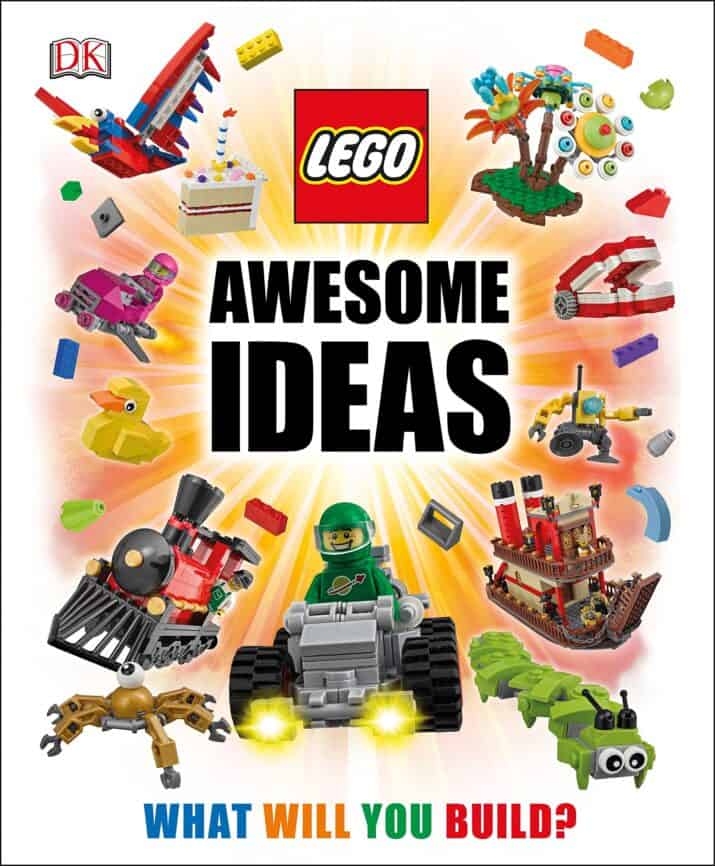
LEGO Awesome Ideas What Will You Build?
Awesome barely begins to describe this LEGO book — it’s jam-packed with so many ideas from different themes like Outer Space, Modern Metropolis, the Wild West, Fantasy Land, and The Real World. I just love browsing through the ideas. Be warned: Your kids will want you to order A LOT more Legos for these new projects.
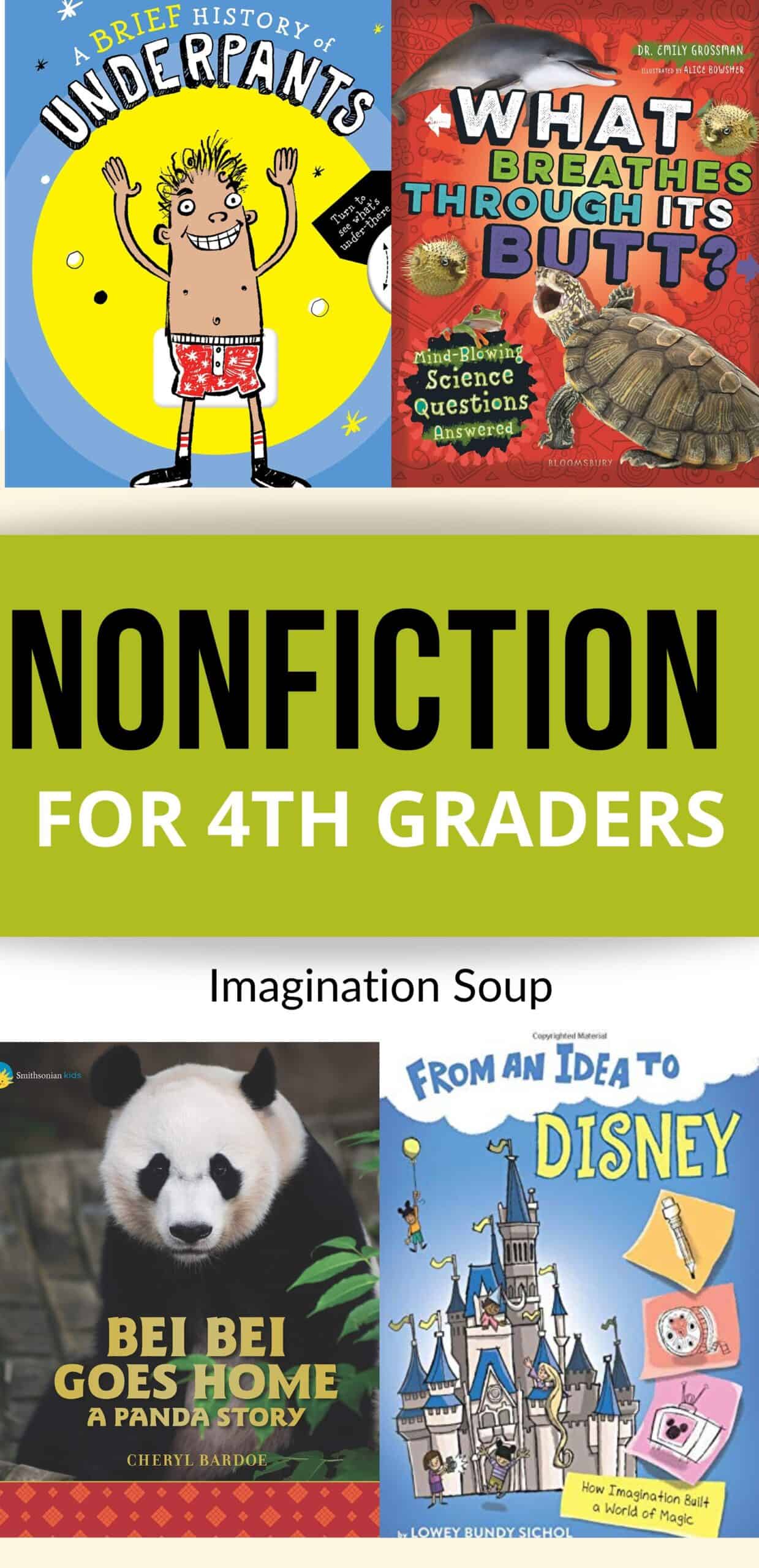
You Might Also Like:
Best Chapter Books for 9 Year Olds
Make Your Own Harry Potter Spells

